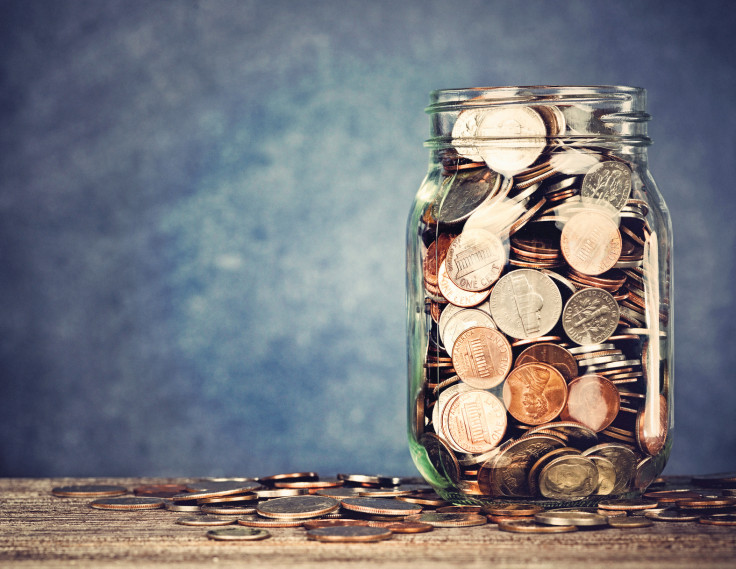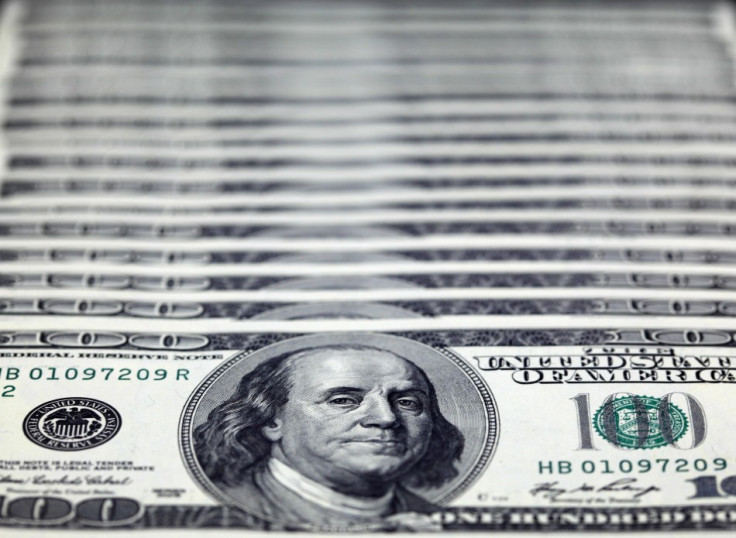Currency forecasting is still more art than science
No forex forecasting model outperforms random walk benchmark but PPP models serve a purpose.

In a recent paper on the Centre for Economic Policy Research's portal, a group of economists examined a range of currency-forecasting models over three periods – 1983-2001, 2001-2007 and 2007 onwards. Their conclusion: "No model consistently outperforms a random walk benchmark, although the purchasing power parity model does fairly well".
I find it heartening to be reminded that currency forecasting is still more art than science. The factors that drive currency moves shift through time and the periods the authors chose don't match with the timing of 'regime shifts' that I can observe in past currency trends.
But I thought the reminder that, in the long run, Purchasing Power Parity (PPP) models do serve a purpose was an interesting starting-point to look at current foreign exchange-rate levels.
They support the view that the dollar has peaked, the euro has further to rise, and the pound is vulnerable against the euro but not so much against the dollar.
The OECD publishes estimates of PPP-based currency fair values. The Economist magazine publishes valuations based on a Big Mac and, in part because I don't eat burgers, I maintain on an ad hoc basis a Starbucks tall non-fat latte index.
For a more sophisticated take on the same basic theme, The Pieterson Institute for International Economics calculates 'Fundamental Equilibrium Exchange Rates' or FEERs that go one step further, starting from PPP-equilibrium rates and then adjusting them for what is needed to trigger a medium-term resolution of balance-of-payments imbalances.
Dollar swings high and low
On the basis of the OECD PPP levels, the dollar is overvalued against four of the other major developed currencies, and undervalued against six. The two big outliers are the Swiss franc (very overvalued, by more than 10% against all the other major currencies) and the Euro (significantly undervalued against everything else).
The other undervalued currencies (against the dollar) are sterling, the Canadian dollar and Japanese yen, while the Norwegian Krone and Australian dollar are significantly overvalued. The Swiss franc has been very overvalued for a long time on PPP yet if we look at the FEER, it's actually very undervalued, because even at these levels the Swiss run a huge current account surplus and only prevent further appreciation with the help of large-scale currency intervention by the Swiss National Bank.
This highlights the difficulties in a simple glance at PPP - anyone who has been to Switzerland will probably conclude almost immediately that it's very expensive, yet that doesn't prevent Swiss pharmaceutical (or watch) exporters from staying in business.
The valuations of sterling and the euro are both, however, noteworthy. The pound is about 10% undervalued against the dollar currently, up about 9% from the October lows. That's very 'cheap', but the valuation is there for good reasons. Sterling is anchored by deeply negative yields on index-linked gilts (-2% real yields for 10-year linkers).

It's also anchored by a big current account deficit (4.4% GDP in 2016) as well as by significant political and economic uncertainty as a result of Britain's vote to leave the European Union. So the news is bad and the currency is 'cheap'.
How do we weigh which of those two factors is more important? The answer is that positioning in the market and sentiment among investors incorporates, at these levels, considerable pessimism about the outlook. In recent weeks, as the worst fears of the pessimists failed to materialise, a squeeze of short positions has given the pound some relief.
What will Brexit bring?
Going forward, the outlook for sterling will continue to depend on whether the economic impact of Brexit is as dire, or even worse than, what is generally expected. If I judge by consensus forecasts of where UK growth is headed in the next few years – 1.7% this year, 1.35% next year and 1.6% in 2019 – there's more room for disappointment than upside surprises.
However, given the valuation of sterling against the dollar, I'm not sure the news can be sufficiently negative to justify being very bearish from here. The GBP/USD rate has probably already hit its low for the next several years.
The euro valuation, however, makes EUR/GBP a different story altogether. The OECD PPP valuation of EUR/USD is that it's even more undervalued than GBP/USD. In other words, the pound is still overvalued against the euro.
Again, we can see why the euro should be 'cheap'. Growth has been sluggish, unemployment high; the ECB has been ruining a combination of negative deposit rates and large-scale buying of European government and corporate bonds, which has depressed yields and crowded domestic investors out. They've been buying hundreds of billions of foreign bonds a year in 2015 and 2016, recycling a huge current account surplus and then some.
Political uncertainty
There has been plenty of political uncertainty, given the elections in France, and in due course in Germany and, more importantly, in Italy. On the other hand, the biggest source of political uncertainty - the French vote - has now been settled.
The economic weakness is not such a big problem with 1.7% GDP growth and falling unemployment. Even the Italian economy is growing. And the ECB is under pressure to accelerate the normalisation of monetary policy. If they were to do that, given the size of the current account surplus, where might the Euro trade?
On that basis, if President Donald Trump under-delivers on hopes of easier fiscal policy, if the US Federal Reserve under-delivers on rate hikes and if the ECB steps up the pace at which it slows its bond-buying, EUR/USD can potentially spike higher. As for EUR/GBP, that looks set to move higher if we see a combination of slower growth in the UK and less accommodative policy in Europe.
Kit Juckes is the head of forex at Société Générale, having joined the French investment bank in 2010. A market veteran of over three decades, he has previously worked for ECU Group, RBS, Mitsui Bank and SG Warburg.
© Copyright IBTimes 2025. All rights reserved.




















